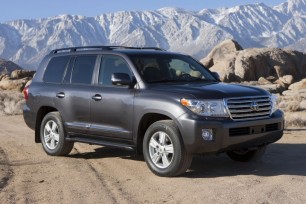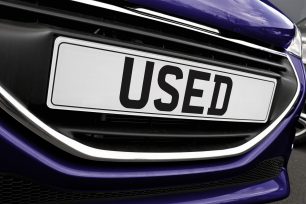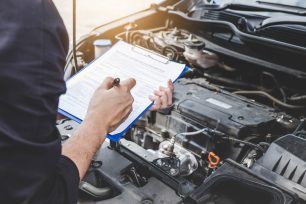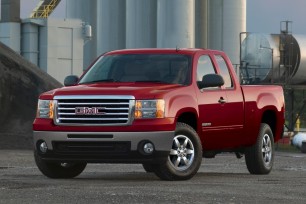There are two major things needed to make the internal combustion engine function: fuel and spark. Without either of these essential items the vehicle will go nowhere unless pushed. That makes your fuel pump a very important piece to the puzzle. When it decides to quit pumping, you go nowhere. Decades ago, replacing a fuel pump was a much simpler process of removing a fuel line and couple of bolts from the pump that was attached to the side of your engine. Today we have fuel injection; that means most pumps are placed directly into your fuel tank, making them more of a hassle to get to. Nobody likes to hear this because more hassle equals more money. Exactly how much money is what we’ll delve into right now.
What All Is Replaced?
If you’re lucky, just the fuel pump and the filter screen (also called a sock) inside the tank will be replaced. Since many vehicles require you to drop the fuel tank in order to have access to the pump, it can get very hairy when you’re dealing with a vehicle that may have a lot of underbody rust and corrosion. When fuel lines rust they become very brittle. The slightest movement can cause rust to break off the lines and expose holes or even breaks. These lines run directly to the top of your fuel tank and into the pump. When dropping the tank you run the risk of breaking these lines. If you live in a temperate climate where vehicles don’t rust nearly as bad, you should be safe from this hazard. This isn’t true with all vehicles though; some have an access panel underneath the back seat which allows the technician access to the pump without dropping the tank. In this case, the only replacement needed should be of the pump and sock.
How Much Does It Cost If They Need to Drop the Tank?
The average fuel pump costs around $100-$200 depending on the vehicle, but that’s just for the part. If you have the misfortune of having a vehicle that requires the tank to be dropped, you could be looking at anywhere from $400 to $600 in total parts and labor. That, of course, is only if the lines remain intact and everything in the repair goes smoothly. There are many times when the sending unit (which is an assembly of tubes and lines that lock into the top of your fuel tank and house the pump itself) is extremely corroded and rusty. There is a locking ring that holds this unit in place. If there are any issues with the sending unit, it can drive the price up in a hurry. They don’t typically go bad, they just rust out. As such, they are not replaced very often, making them more expensive and, at times, hard to find. Replacing a sending unit with the pump can bring the grand total for the repair all the way past $1,000 on most models.
What If They Don’t Need to Drop the Tank?
If there is an access panel under the rear seat that allows the technician to remove the pump without dropping the tank, you can figure on knocking a couple hours of labor time off the bill. This should bring the total down by at least $100. However, just because the tank doesn’t move won’t mean the tech may not encounter the same issue with the sending unit or the locking ring. Nine times out of ten this is not the case; but there’s always that one poor unlucky soul who will get stuck with this issue.
So Far, So Good. What’s the Bad News?
The bad news comes for those unfortunate people up north who need to deal with the rust issue. If the lines are incredibly rusty and end up breaking or leaking, they’ll obviously need to be replaced. Fuel lines themselves are not expensive by any means, but they require a great deal of labor time to install. The really messy part is that most fuel lines are bundled together with your vehicle’s brake lines. If the fuel lines are rusted out, chances are your brake lines are as well. Being bundled together, when you move one, you move them all. That means you actually could end up needing to replace both fuel and brake lines. This is when you need to make the decision of how much your vehicle means to you, because the labor time for doing all the steel lines can definitely put a dent in the old bank account.
(Please remember that these repair prices can also fluctuate based on geographic location, as well as vehicle make and model; and that these numbers represent averages, not actual prices offered at any specific repair facilities.)


































































